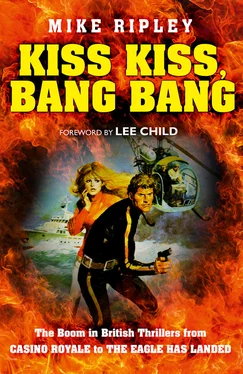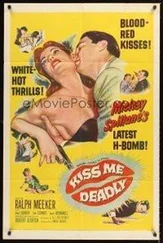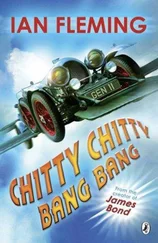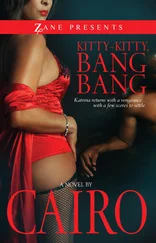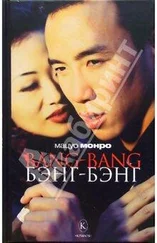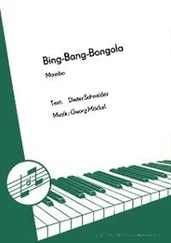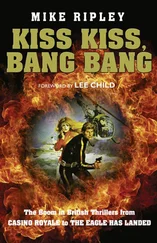Today’s wartime thrillers may be more nuanced and certainly more cynical, with the methods and motives of characters blurred to suit modern sensibilities, but the war proved that you just can’t keep a good villain down and WWII was a war, if you were British, where it was very clear who the villains were.
Chapter 4:
TINKERS, TAILORS, SOLDIERS, SPIES. BUT MOSTLY JOURNALISTS.
In 2009 I was approached by a small publishing company called Ostara which was making a reputation for itself bringing out-of-print detective novels back to life. Did I think there were old thrillers as opposed to detective series that were out of print and worth rescuing?
I went to the fount of all knowledge – my bookshelves – and discovered that many of the paperbacks, cracked spines and yellowed pages notwithstanding, which I had treasured for more than forty years were indeed out of print. It came as a shock. Was it possible that authors who had thrilled and, yes, educated me in the Sixties and Seventies – authors like Alan Williams, Adam Hall, Duncan Kyle, Brian Callison and Clive Egleton – were being or had been forgotten? When I discovered that only one of Geoffrey Household’s novels ( Rogue Male , his 1939 classic) was still in print, I needed no further persuading.
Tracking down the owners of the rights to many of the thrillers I remembered from my youth was an education in itself. As most of the authors were writing in the days ‘B.C.’, i.e. Before Computers, details of their contracts, correspondence with their agents or literary executors were ‘paper records’ and had not been computerised. Whilst chasing an author I was told by one publisher that they ‘had no record of him’ (on their computer database) but that ‘the company archivist may know where the paper files are’. When I asked where the company archivist could be contacted, the publisher said, rather sheepishly, that the archivist had been made redundant ‘when we computerised’.
Then there were two authors whom I was assured by their publishers were dead. One turned out to be delighted to see one of his thrillers back in print and even supplied an illustration – a wonderful cover design created by his artist wife in 1972 but never used. The other was not only not dead but so happy ‘to be thought of as a writer again’ that he bought me lunch in his Chelsea club, and an instance where an author buys a publisher lunch really is the world turned upside down.
My search for out-of-print thrillers from the period when I did my formative leisure reading, roughly 1964 to 1972, made me realise just how many thrillers had been published in paperback in that period. It was a staggering number, and they all seemed to be by British authors – at least the ones on my bookshelf were.
Not all had been first published in the Sixties but advances in printing and the use of photographic cover designs rather than painted or drawn ones meant that fresh, uniform paperbacks of an author’s backlist could appear alongside his latest novel. Paperback cover design was taken seriously in the Sixties. Well, perhaps not so seriously when it came to the many James Bond clones that sprang up after the death of Ian Fleming in 1964, but covers were certainly eye-catching and brasher, more exciting than anything that had gone before, just like the decade.
It was possible around 1965, for example, to spot an Alistair MacLean paperback from quite a distance. Just over half the cover would be a solid colour on which was printed the author’s name (often the ‘Alistair’ was in black and the ‘MacLean’ in white) and top right would be the title, in type half the size of that used to identify the author. The bottom section of the cover would be a photographic image cut out on a white background, to suggest the story but nearly always showing a man holding a gun or perhaps an ice-axe. The same principle, from the same paperback publisher Fontana, applied to new editions of the work of Hammond Innes. They would have a block of background colour striped across the centre of the cover with the author’s name in a darker shade and the title in a (much) smaller font. There would be one illustration below the title and a related image on the back cover. For example, the 1966 edition of The Blue Ice had the image of a lone skier on the front, suggesting a trek across country rather than ‘Ski Sunday’, and the rear cover photograph was a dramatic one of a man (possibly the skier) with his mouth and beard obscured by ice. The avid fan knew immediately that this was one of Innes’ man-against-the-frozen-elements adventures – much of it is actually set on a glacier in Norway – and nobody seemed to mind that the book had been written in 1947 and had first appeared in paperback in 1954. By the Sixties, Hammond Innes and Alistair MacLean were recognisable brands of a particular type of adventure story and their paperback covers were ‘branded’ to make them stand out on the bookshelves from the growing competition.
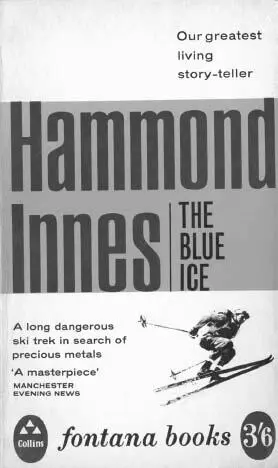
The Blue Ice , Fontana, 1966
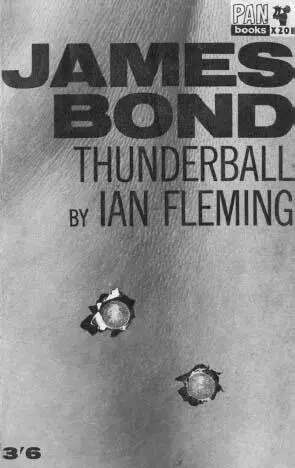
Thunderball , Pan, 1963, designed by Raymond Hawkey
The brand of brands when it came to spy stories was, of course, James Bond and in the Sixties his name was shouted loudly and very proudly from the covers of millions of Pan paperbacks – literally. It was possibly the first time in publishing, at least in adult fiction, that a fictional character’s name was featured on the cover in type three times larger than either the name of the author or the title of the book. Not surprisingly, readers began to demand ‘the latest James Bond book’ rather than ‘Ian Fleming’s latest’. The unmissable placement of ‘James Bond’ in large letters was an innovation of designer Raymond Hawkey, who also came up with the famous ‘bullet holes’ cover for the paperback of Fleming’s Thunderball and the iconic ‘white’ covers of Len Deighton’s early novels.
Looking back on it, it was a boom time for British thrillers and I loved it. There was a new author to find just about every week, and a weekly visit to a book shop was vital in case you missed the latest sensational adventure 1and a school friend found a new author before you did.
There was definitely classroom kudos to be had from being the first to track down the latest Alistair MacLean or in discovering a Len Deighton or a John Gardner or a Gavin Lyall, and schoolmasters often joined in the hunt, recommending titles. If that sounds as if we were teenage nerds when it came to paperback thrillers, we weren’t. There were lots of other things to be nerdy about – for teenage boys there always were. Reading thrillers was just something we did, as previous generations of schoolboys had read the Biggles or Just William stories. We were lucky, it was the Sixties and we had James Bond. There was always time to devour a good thriller and reading one never stopped us from listening to music or trying to meet girls, though it didn’t necessarily help in the latter pursuit or make us anywhere near as cool as we thought it did (though a good one might supply the odd chat-up line).
Perhaps it was because it was the ‘Swinging Sixties’ and attitudes were changing – though in a mining village in the West Riding they didn’t change that much – but no adult ever said ‘Are you sure you should be reading that ?’ Our schoolmasters might have wished that our ‘holiday reading’ (at the start of each new term we had to report on what extra-curricular reading we had done) was on a slightly higher intellectual level, but encouraging teenage boys to read anything which did not come with pictures was a goal in itself and anyway, they were thriller fans themselves. 2The older ones were always willing to debate that the present generation of thriller writers were ‘not a patch on John Buchan or Erskine Childers’ whilst the younger masters were keen to swap notes on the new Alistair MacLean or the latest pretender to the throne of James Bond.
Читать дальше
